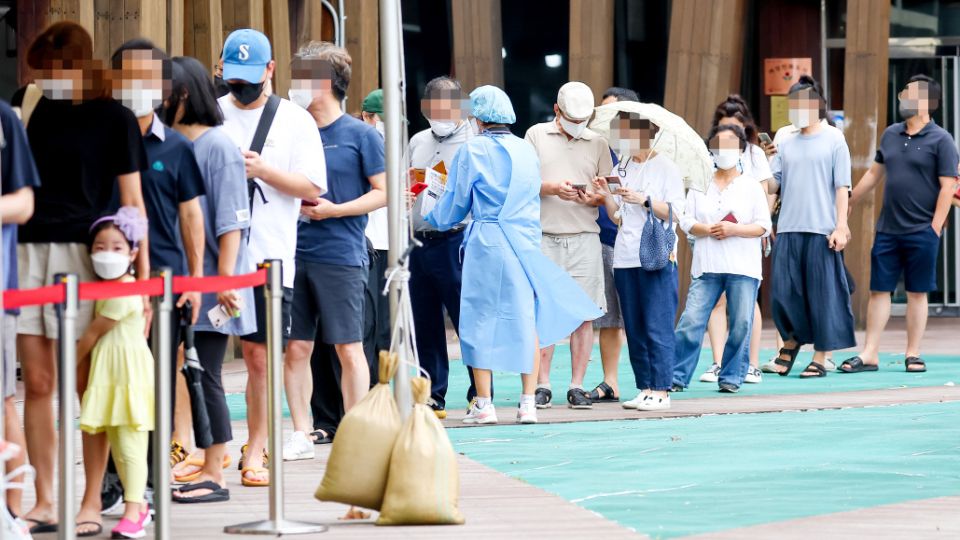August 16, 2022
SEOUL – The latest resurgence in COVID-19 infections in South Korea slowed down on Sunday, according to government data Monday. The resurgence, however, is expected to continue for the foreseeable future, coinciding with the summer holiday season, as well as the Chuseok holiday in early September.
According to the Korea Disease Control and Prevention Agency’s report on Monday, the country added 62,078 new COVID-19 infections on Sunday.
The daily tally reported during the 24 hours of Sunday was only 1.1 times higher than a week ago and 1.4 times higher than two weeks prior.
The rather small increase, however, could have been due to the lower number of tests due to the weekend’s three-day holiday and heavy rain in certain regions of the country, according to experts.
The number of daily COVID-19 infections can possibly spike this week, largely propelled by the increased outdoor activities during the three-day break.
Some experts anticipated that the daily infections will not dramatically decrease until September. Dr. Kim Woo-joo, infectious disease professor of Korea University, said the country’s daily COVID-19 infection numbers will not go down soon as school starts in September, and the Chuseok holiday also taking place in early September this year.
Increasing numbers of critically ill patients and deaths from the virus are currently at stake.
On Monday, the country‘s critically ill patients reached 521, up nine from a day prior. It was the highest figure in some 100 days. It was also eight times higher than 65 reported in mid-July.
The number of deaths reported on the same day decreased to 50 from 57 a day earlier but continued to stay in the 50s.


